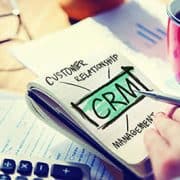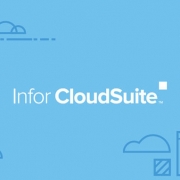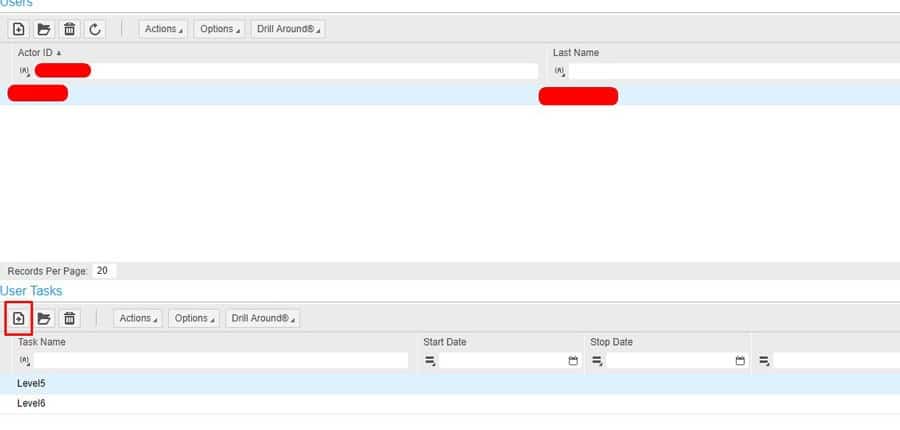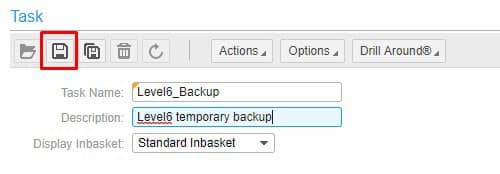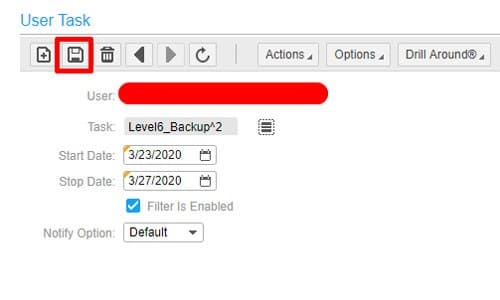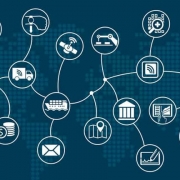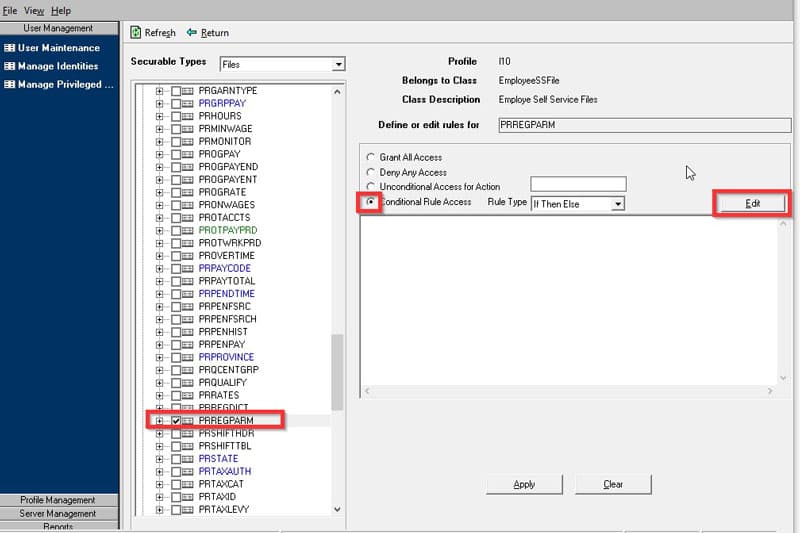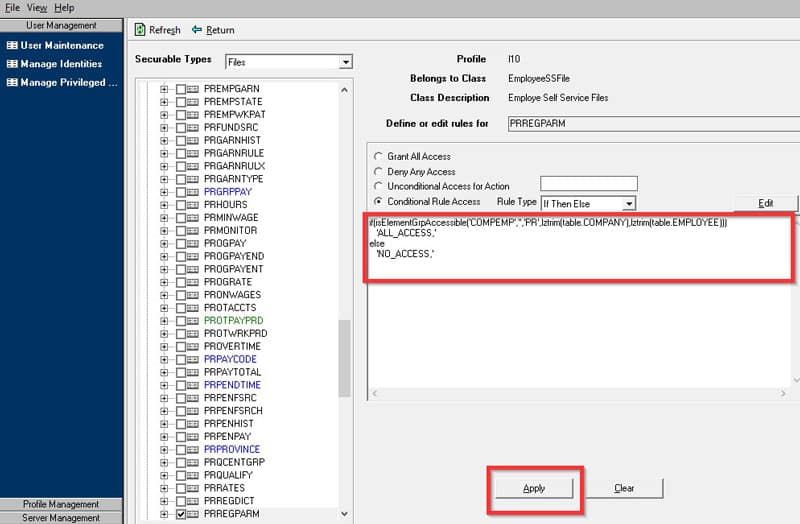One of the greatest challenges for businesses during this lockdown is managing the trade-offs between risk and reward. In the same way that we will learn to live with COVID-19 by adjusting our day to day lives, Owen Pettiford believes the same can be done with enterprise resource planning (ERP) systems to get the right balance between control and innovation. In his Diginomica article, Pettiford shares six ways you can start to lift your ERP Lockdown:
Knowledge of ERP End to End Processes. Critical to opening the lockdown of any system is knowledge about how that system runs. Organisations who want flexibility and innovation must reclaim this knowledge and manage it in house.
Flexible Run Contracts. Running ERP systems is a commodity task and one that is commonly outsourced. These outsourcing arrangements come with legal contracts that have definitions of the services to be provided and cannot be defined in the wrong way or it can encourage a “no change” mentality to ensure that Service Levels are maintained.
Knowledge of New Capabilities. One of the interesting features of IT in general is the continuous stream of new capabilities that evolve. Each one follows a hype curve and delivers different value to different industries. Having a team looking at these capabilities and the ones your ERP vendor is baking into your system is key to making sure you catch and exploit each of these waves.
Elastic Infrastructure. The processing capacity of systems has increase many times over, but often ERP systems are locked into infrastructure that was sized and designed years ago. Understanding the modern capabilities to expand and reduce capacity is key to removing “performance” as a lockdown reason.
Tools that provide automation and managed access. Instead of keeping systems safe from overload by locking them down the most flexible ERP solutions now implement real-time monitoring and automation strategies that allow software to flex capacity and throttle demand to agreed SLAs. These solutions mean that the system can be open and guarded at the same time.
DevOps Approach. The catch is that successful DevOps is built on top of the other 5 capabilities listed above as without them DevOps will not deliver its benefits.
For Full Article, Click Here


